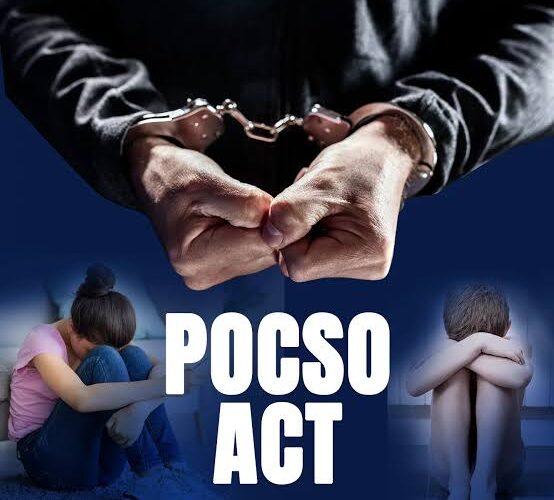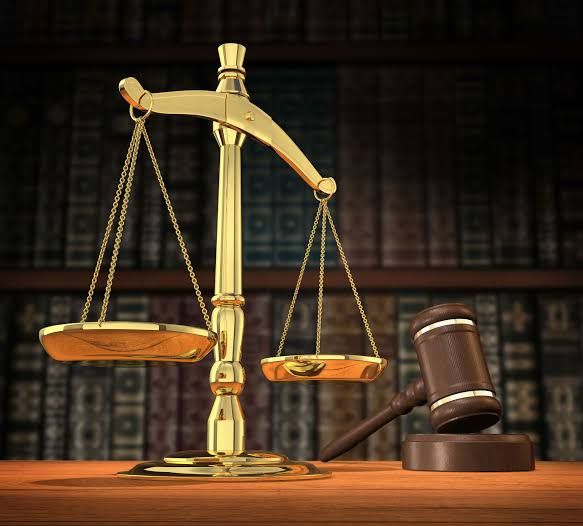Role of Technology in Combating Child Sexual Abuse: A POCSO Act Perspective
“There can be no keener revelation of a society’s soul than the way in which it treats its children.” – Nelson Mandela
POCSO [Protection of Children from Sexual Offences] Act, 2012 is an important part of legislation that governs sexual harassment of minors and their protection from it. Sexual assault, harassment and pornography involving children are rendered punishable under the Act’s provisions, as is the aiding and abetting of any of the aforementioned acts. Through its law enforcement machinery, States and Union Territories are principally responsible for the prevention, identification, investigation, punishment of crimes, especially those involving children. Law enforcement agencies take legal action against those who engage in digital sexual exploitation of children in accordance with the provisions of the law.
The Information Technology Act, 2000 contains suitable provisions for dealing with current cybercrimes. Section 67B of the Act imposes severe penalties for publishing, browsing or transferring child pornography in electronic form. The Ministry of Home Affairs has approved a scheme called ‘Cyber Crime Prevention against Women and Children’ in which an online cybercrime reporting portal has been established to allow the public to file complaints about Child Pornography/Child Sexual Abuse material, rape/gang rape imageries or sexually explicit content. Sections 13 through 15 of the POCSO Act addresses the subject of Child Pornography. Section 14 and 15 define the penalties for utilizing a kid for purposes that are pornographic and storing material that is pornographic involving a child. In addition, Section 28 of the POCSO Act for the formation of Special Courts to expedite the trial of offences under the Act. The Government has adopted a number of actions that Internet Service Providers (ISPs) must follow in order to safeguard minors against sexual misconduct online. The government restricts websites carrying extreme Child Sexual Abuse Material (CSAM) pursuant to Interpol’s ‘Worst of List’ by the Central Bureau of Investigation, the National Nodal Agency for Interpol. The list gets shared with the Department of Telecommunication, which subsequently major ISPs to disable such websites. The use of technology in forensic studies has transformed the process of gathering evidence in cases of child sexual abuse. Digital forensics, which includes the investigation of electronic equipment and internet communication has grown to be an essential technique in gathering considerable evidence against criminals. Law enforcement officials can use specialized software to retrieve and analyze critical data from digital devices such as deleted files, messages and browser history which can be used as actual evidence in court proceedings. Furthermore, the adoption of blockchain technology has permitted the safe storage and handling of confidential information preserving the integrity and validity of evidence and therefore strengthening the criminal justice system.

In the end, the convergence of technology with the regulations of the POCSO Act has resulted in an important development to combat child sexual abuse. However, in order to keep ahead of offenders who might try to exploit the same technology, technical interventions must be constantly updated and innovated. A holistic approach can be used through joint efforts between the government, technology companies and civil society to ensure the successful use of technology in addressing this dreadful crime thereby safeguarding the innocence and safety of children.
Author-Avni Bhayani, a student at SVKM’S Pravin Gandhi College of Law, Mumbai
References-
POCSO (Protection of Children from Sexual Offences) is an important legal framework in India that deals with cases of sexual abuse and exploitation of children. The primary focus of the POCSO Act is to protect the rights and dignity of children who have been subjected to sexual abuse. To provide protection to an abused child according to the POCSO Act, the following steps are typically taken:
-
Reporting the Abuse:
- If you suspect or know of a child who has been sexually abused, it is crucial to report the abuse to the nearest police station or a Child Welfare Committee (CWC) or a Special Juvenile Police Unit (SJPU).
- Anyone can report abuse under POCSO, and there is a legal obligation to do so.
-
Medical Examination:
- The child should be taken for a medical examination to assess and document any physical injuries or signs of sexual abuse.
- This examination should be conducted by a qualified medical professional, and the report will be used as evidence in court.
-
Recording the Child’s Statement:
- A statement of the child should be recorded by a magistrate or a specially trained counselor in a child-friendly manner to minimize trauma to the child.
- The statement will be treated as the child’s testimony during legal proceedings.
-
Protection and Support:
- The child may be placed in a safe and secure environment, such as a shelter home, if necessary, to protect them from further abuse or retaliation by the perpetrator.
- The child’s identity should be kept confidential to protect their privacy.
-
Legal Proceedings:
- Legal action will be initiated against the alleged perpetrator based on the evidence and the child’s statement.
- The case will be heard in a special court designated for POCSO cases, and the trial should be conducted in an expedited manner to ensure a speedy resolution.
-
Counseling and Rehabilitation:
- The child should receive counseling and support to help them cope with the trauma and recover from the abuse.
- Various government and non-government organizations provide counseling services for child victims.
-
Child Welfare Committee (CWC):
- The CWC plays a crucial role in the protection of abused children. They assess the child’s welfare and can make recommendations regarding their care, custody, and protection.
-
Witness Protection:
- If there are concerns about the safety and security of the child and their family, witness protection measures may be put in place to safeguard their well-being.
The POCSO Act is aimed at ensuring the safety and well-being of abused children while also seeking justice against the perpetrators of sexual offenses against children. It is important to involve the appropriate authorities, such as the police, Child Welfare Committee, and child protection services, to provide comprehensive protection and support to the child victim.
Q.2 What is the main purpose of implementation of POCSO Act 2012?
Answer-
The main purpose of the implementation of the Protection of Children from Sexual Offences (POCSO) Act, 2012 is to provide legal protection for children from sexual abuse and exploitation in India. The act was enacted to address the growing concerns about the safety and well-being of children and to establish a comprehensive legal framework for dealing with sexual offenses against minors. The key objectives and purposes of the POCSO Act are as follows:
-
Protection of Children: The primary goal of the POCSO Act is to protect the rights and safety of children under the age of 18 by making specific provisions for the reporting, investigation, prosecution, and trial of sexual offenses committed against them.
-
Definition of Sexual Offenses: The act defines various forms of sexual offenses against children, including but not limited to, sexual assault, sexual harassment, child pornography, and using a child for pornographic purposes. It provides a clear legal framework for identifying and addressing such offenses.
-
Child-Friendly Procedures: The act emphasizes child-friendly procedures for the recording of statements and the conduct of trials to minimize trauma to the child victims and witnesses during legal proceedings.
-
Speedy Justice: The POCSO Act mandates a fast-track legal process to ensure that cases are dealt with promptly and efficiently. It aims to minimize delays and deliver justice swiftly.
-
Stringent Penalties: The act prescribes stringent penalties for individuals found guilty of sexual offenses against children, including imprisonment, fines, and other punitive measures.
-
Mandatory Reporting: The act places a legal obligation on individuals and authorities to report any knowledge or suspicion of child sexual abuse. Failure to report can result in legal consequences.
-
Establishment of Special Courts: Specialized courts and designated authorities are set up to handle cases under the POCSO Act, ensuring that the legal system is equipped to handle child sexual abuse cases effectively.
-
Rehabilitation and Support: The act also addresses the need for rehabilitation and support for child victims, including medical, psychological, and social assistance to aid in their recovery and well-being.
In summary, the primary purpose of the POCSO Act 2012 is to provide legal protection to children against sexual offenses, ensure their safety, and expedite the legal process to bring perpetrators to justice while minimizing the trauma experienced by child victims during legal proceedings. It reflects the commitment of the Indian government to address the issue of child sexual abuse and protect the rights of minors.
Israel and Palestine Issue



